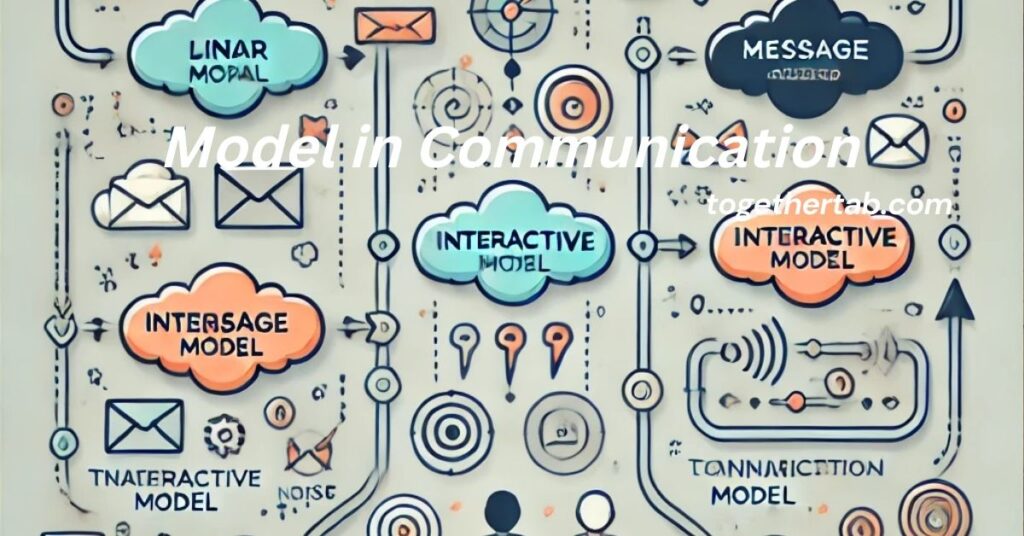influencers gonewild: The Good, the Bad, and the Ugly

In the ever-evolving world of social media, influencers have become a powerful force in the marketing landscape. These individuals, with their large and engaged followings, have the ability to sway the opinions and purchasing decisions of their audience. However, as the influence of these social media stars has grown, so too have the controversies surrounding their actions.
Welcome to the world of “Influencers Gone Wild,” where the line between authentic engagement and blatant commercialism is often blurred. In this comprehensive article, we’ll explore the rise of influencer marketing, the potential pitfalls, and the strategies that brands and influencers can employ to navigate this complex landscape successfully.The Rise of influencers gonewild Marketing
The growth of social media platforms, such as Instagram, TikTok, and YouTube, has transformed the way brands connect with their target audience. Consumers, especially younger generations, are increasingly turning to their favorite social media personalities for product recommendations, lifestyle inspiration, and entertainment.
Recognizing the power of these “digital celebrities,” brands have eagerly embraced influencer marketing as a way to reach new customers and build brand loyalty. According to a recent study, the global influencer marketing industry is expected to reach $16.4 billion by 2022, up from $9.7 billion in 2020.
The appeal of influencer marketing lies in its ability to deliver authentic, relatable, and highly targeted content to a captive audience. Influencers, with their deep understanding of their followers’ preferences and habits, can create content that resonates on a personal level, ultimately driving more effective engagement and conversion rates.
The Good: Successful Influencer Partnerships
When executed well, influencers gonewild marketing can be a powerful tool for brands to achieve their marketing goals. Here are some examples of successful influencer partnerships that have delivered impressive results:
Case Study 1: Glossier’s Influencer-Driven Growth
Glossier, the cult-favorite beauty brand, has built its success largely on the back of its influential brand ambassadors. By tapping into a network of fashion and beauty bloggers, Glossier has been able to generate a loyal following and drive significant growth. The brand’s “Glossier Girl” program, which incentivizes influencers to promote the products, has been a key factor in the company’s expansion, with sales increasing by 600% in 2018 alone.
Case Study 2: Nabisco’s Oreo x Pokémon Collaboration
In 2021, Nabisco’s Oreo brand partnered with the iconic Pokémon franchise to create a limited-edition Oreo cookie. The campaign was a huge success, thanks in part to the strategic use of influencers. Partnering with popular Pokémon content creators, Oreo was able to reach a dedicated fan base and generate significant buzz on social media, leading to the products selling out in a matter of minutes.
Case Study 3: Chipotle’s Comeback with Influencer Partnerships
After facing a series of high-profile food safety incidents, Chipotle turned to influencer marketing to help rebuild its brand reputation. By collaborating with health-conscious, food-focused influencers, the company was able to showcase its commitment to fresh, sustainable ingredients and regain the trust of its customers. This strategy proved successful, with Chipotle’s stock price and sales numbers recovering to pre-crisis levels.
The Bad: influencers gonewild Scandals and Controversies
While influencer marketing can be a highly effective strategy, it is not without its risks. As the industry has grown, so too have the controversies and scandals surrounding some influencers’ behavior. Here are a few examples of the “bad” side of influencer marketing:
Lack of Transparency and Disclosure
One of the most common issues in the influencer marketing space is a lack of transparency and proper disclosure. Many influencers fail to clearly identify sponsored content, misleading their followers and potentially violating advertising regulations. This can lead to a loss of trust and credibility, both for the influencer and the brand they are promoting.
Promoting Harmful or Unethical Products
Some influencers have been criticized for promoting products or services that are potentially harmful or unethical, such as diet supplements, gambling platforms, or even illegal substances. This can not only damage the influencer’s reputation but also expose the brand to significant reputational risk.
Influencer Fraud and Fake Followers
Another growing concern in the influencer marketing space is the issue of fraud and fake followers. Some influencers have been caught buying fake followers or using bots to inflate their engagement metrics, which can mislead brands and provide a false sense of influence.
The Ugly: When Influencers Go Too Far
In the most extreme cases, influencers’ behavior can cross ethical and legal boundaries, leading to scandals that can have severe consequences for both the influencer and the brands they represent. Here are a few examples of the “ugly” side of influencer marketing:
influencers gonewild Behaving Badly
In recent years, there have been numerous instances of influencers engaging in inappropriate, unethical, or even illegal behavior, such as racism, sexual misconduct, or substance abuse. These scandals can quickly spiral out of control, leading to the influencer’s downfall and damaging the reputation of the brands they have worked with.
Influencer Scandals and Backlash
When an influencer’s actions or controversies become public, the resulting backlash can be swift and severe. Brands that have partnered with these influencers often find themselves caught in the crossfire, facing boycotts, lost revenue, and significant reputational damage.
The Importance of Due Diligence
The potential risks associated with influencer marketing highlight the importance of thorough due diligence. Brands must carefully vet potential influencer partners, reviewing their social media content, engagement metrics, and past controversies to ensure they are a good fit for the brand’s values and target audience.
Navigating the Influencer Landscape
To successfully navigate the complex and ever-evolving world of influencer marketing, brands and influencers must adopt a strategic and ethical approach. Here are some best practices to consider:
Transparency and Disclosure
Maintaining transparency and clear disclosure of sponsored content is essential to building trust with the audience. Influencers should always clearly identify when they are being paid to promote a product or service, and brands should ensure their influencer partners are complying with relevant advertising regulations.
Authentic Partnerships
The most effective influencer partnerships are those that feel genuine and authentic. Brands should seek out influencers whose values, interests, and content align with their own, creating a natural and seamless integration that resonates with the audience.
Ongoing Monitoring and Evaluation
Brands should continuously monitor their influencer partnerships, tracking metrics such as engagement, reach, and conversion rates. Additionally, they should be vigilant for any potential controversies or scandals involving their influencer partners, and be prepared to take swift action to mitigate any reputational damage.
Ethical and Responsible Practices
Both brands and influencers have a responsibility to uphold high ethical standards. This includes avoiding the promotion of harmful or unethical products, maintaining transparency, and ensuring that all content and marketing practices are in compliance with relevant laws and regulations.
FAQs OF influencers gonewild
What is influencer marketing?
Influencer marketing is a form of social media marketing that involves brands collaborating with influential individuals (influencers) who have a large and engaged following on platforms like Instagram, TikTok, and YouTube. Influencers can help brands reach new audiences and drive engagement and sales through sponsored content and product endorsements.
How effective is influencer marketing?
Influencer marketing can be highly effective when executed properly. Studies have shown that influencer marketing can deliver a return on investment (ROI) of up to $18 for every $1 spent, making it a cost-effective way for brands to reach and engage their target audience.
What are the risks of influencer marketing?
The main risks of influencer marketing include lack of transparency and proper disclosure, the promotion of harmful or unethical products, influencer fraud and fake followers, and influencer scandals and controversies that can damage a brand’s reputation.
How can brands ensure successful influencer partnerships?
To ensure successful influencer partnerships, brands should focus on transparency and disclosure, seek out authentic and genuine partnerships, continuously monitor and evaluate their influencer collaborations, and maintain high ethical standards.
What are some examples of successful influencer marketing campaigns?
Some examples of successful influencer marketing campaigns include Glossier’s “Glossier Girl” program, Nabisco’s Oreo x Pokémon collaboration, and Chipotle’s partnerships with health-conscious food influencers to rebuild its brand reputation.
Conclusion
The world of influencers gonewild marketing is a complex and constantly evolving landscape, filled with both opportunities and pitfalls. As brands continue to seek new ways to connect with their target audience, the role of influential social media personalities will only continue to grow.
By navigating this space with a strategic and ethical approach, brands can harness the power of influencer marketing to drive authentic engagement, build brand loyalty, and achieve their marketing objectives. However, as the examples in this article have shown, brands must also be vigilant in monitoring their influencer partnerships and be prepared to take swift action to mitigate any potential risks or controversies.
Ultimately, the success of any influencer marketing campaign will depend on the brand’s ability to strike a delicate balance between leveraging the reach and influence of these digital celebrities and maintaining a strong sense of brand identity and integrity. By doing so, brands can unlock the true potential of influencer marketing and reap the rewards of this powerful and evolving marketing strategy.









